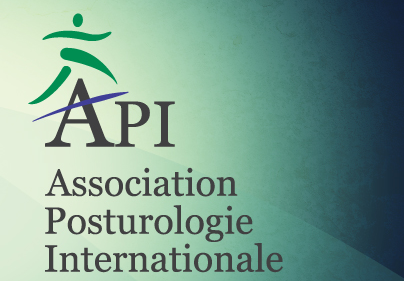Effects of pulsed electromagnetic field (PEMF) therapy on blood pressure regulation, autonomic modulation, and its potential hypotensive effect: an integrative review
PEMF and cardiovascular adaptations
DOI:
https://doi.org/10.17784/mtprehabjournal.2025.23.1412Keywords:
Pulsed Electromagnetic Fields, blood pressure, post-exercise hypotension, heart rate variabilityAbstract
Introduction: Blood pressure regulation is essential for cardiovascular health, and although physical exercise is widely recommended for this purpose, adherence may be limited in populations with functional impairments. In this context, Pulsed Electromagnetic Field (PEMF) therapy has emerged as a promising alternative, acting on autonomic, vascular, and inflammatory mechanisms, with potential hypotensive effects both at rest and in the post-exercise period. Methods: An integrative review was conducted using the PubMed, Scopus, Web of Science, and Embase databases, employing descriptors related to PEMF, blood pressure, and post-exercise hypotension. Randomized clinical trials, acute studies, and systematic reviews addressing the effects of PEMF on hemodynamic regulation, autonomic response, and blood pressure were included. Results: Evidence suggests that PEMF can induce significant reductions in systolic blood pressure (up to −11 mmHg, p < 0.001), enhance flow-mediated vasodilation, and increase heart rate variability. These beneficial effects have been attributed to increased nitric oxide release, reduced sympathetic activity, and improved endothelial function. Additionally, PEMF demonstrated potential in accelerating autonomic recovery following physical exertion. Conclusion: PEMF has shown positive effects on blood pressure regulation, potentially resulting in sustained hypotensive responses. Nonetheless, further research is required to confirm these findings. Moreover, it is suggested that PEMF may influence vagal modulation and the consequent reduction of sympathetic activity.








